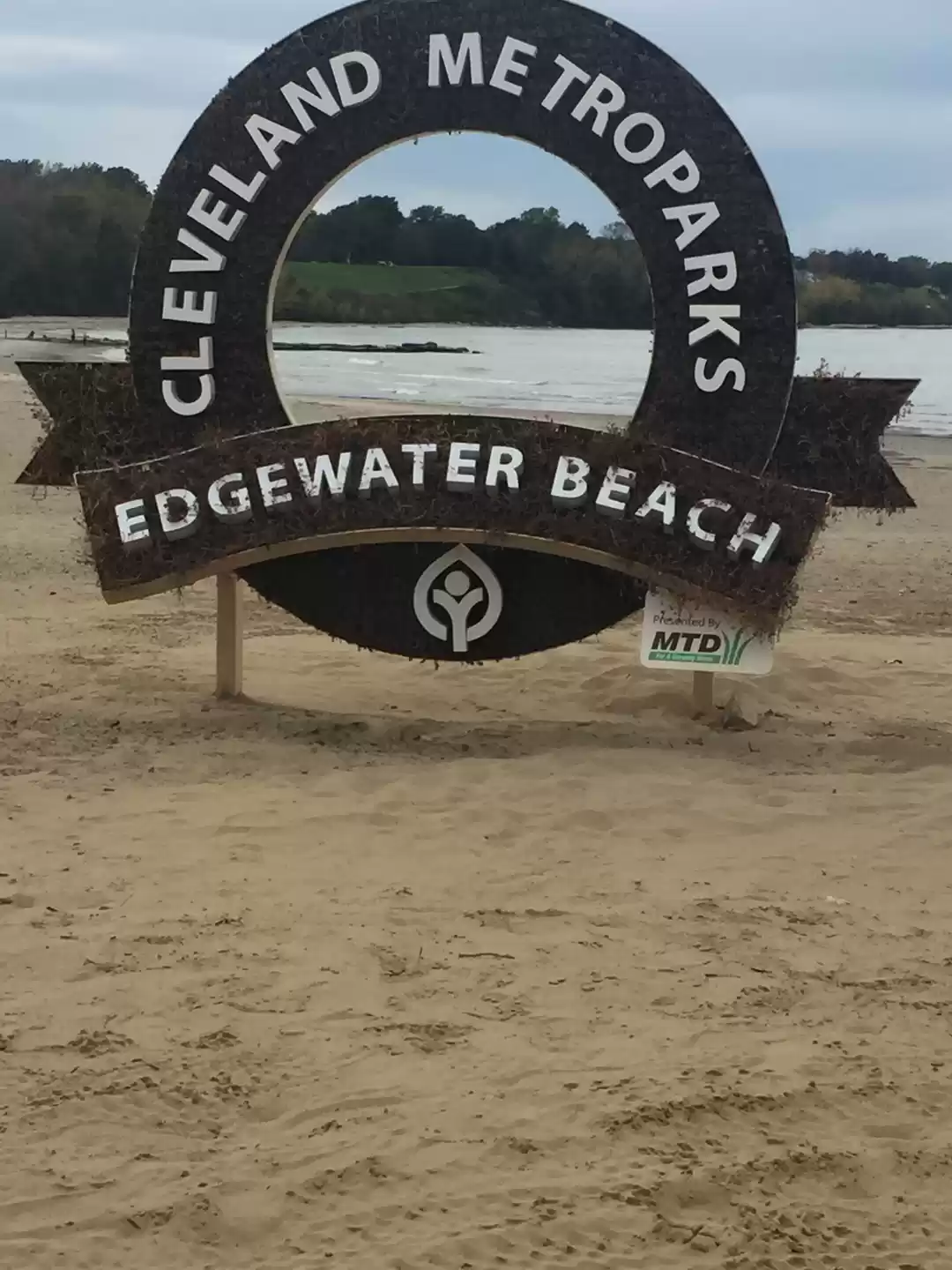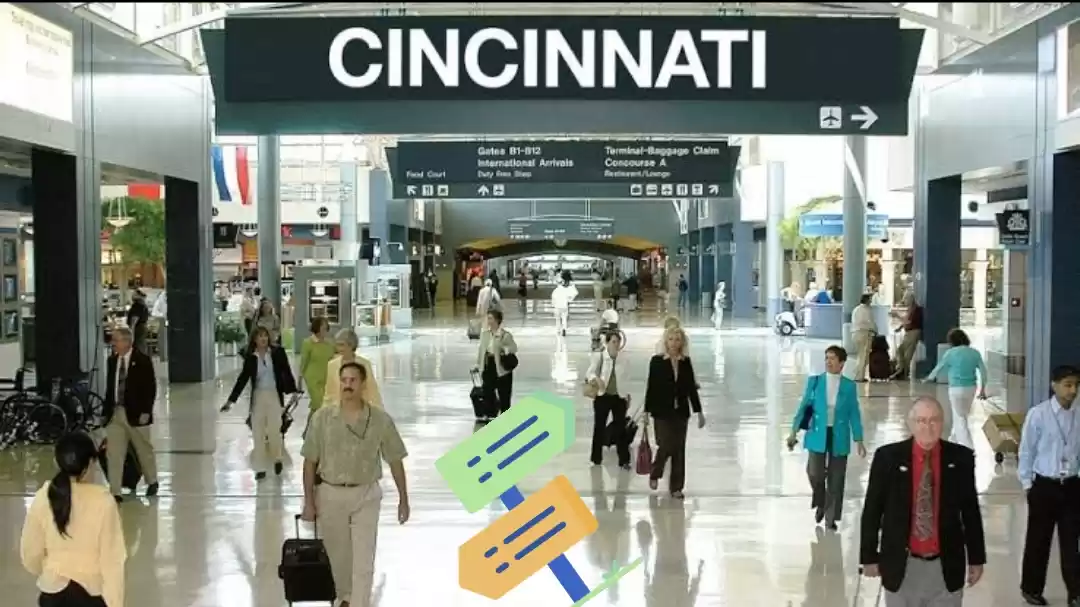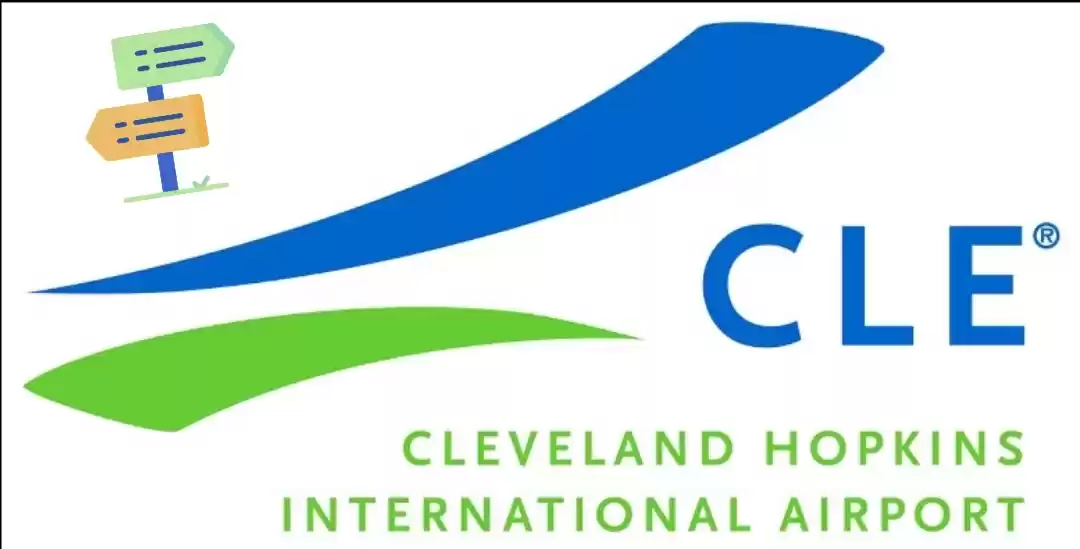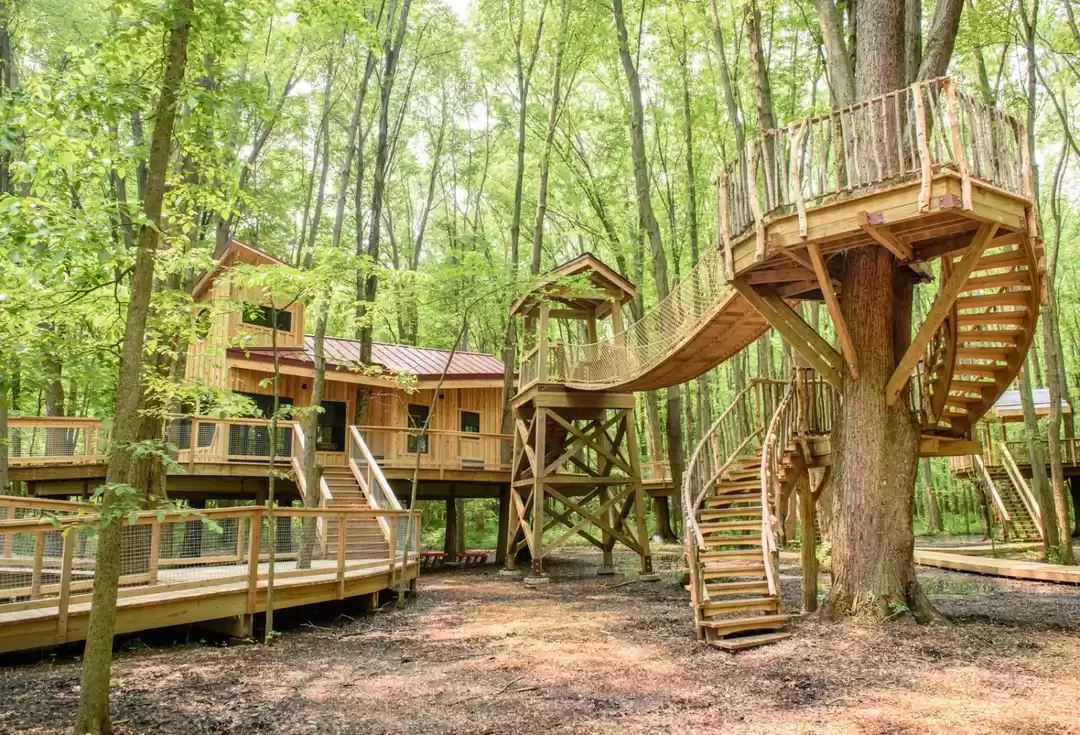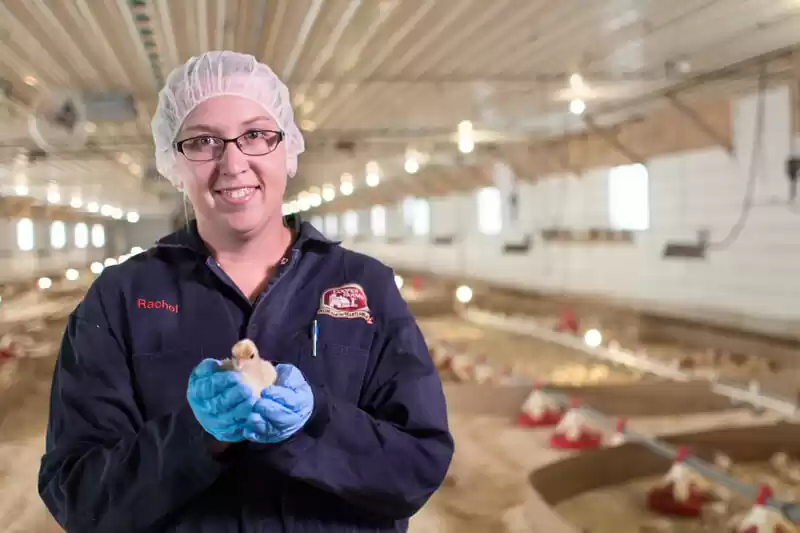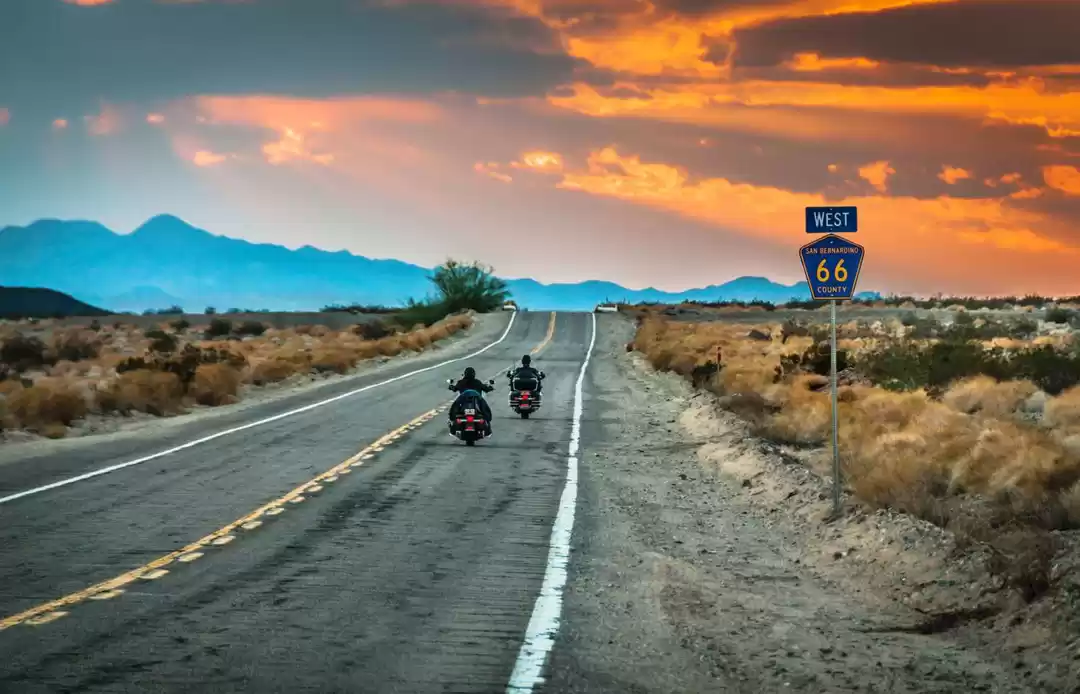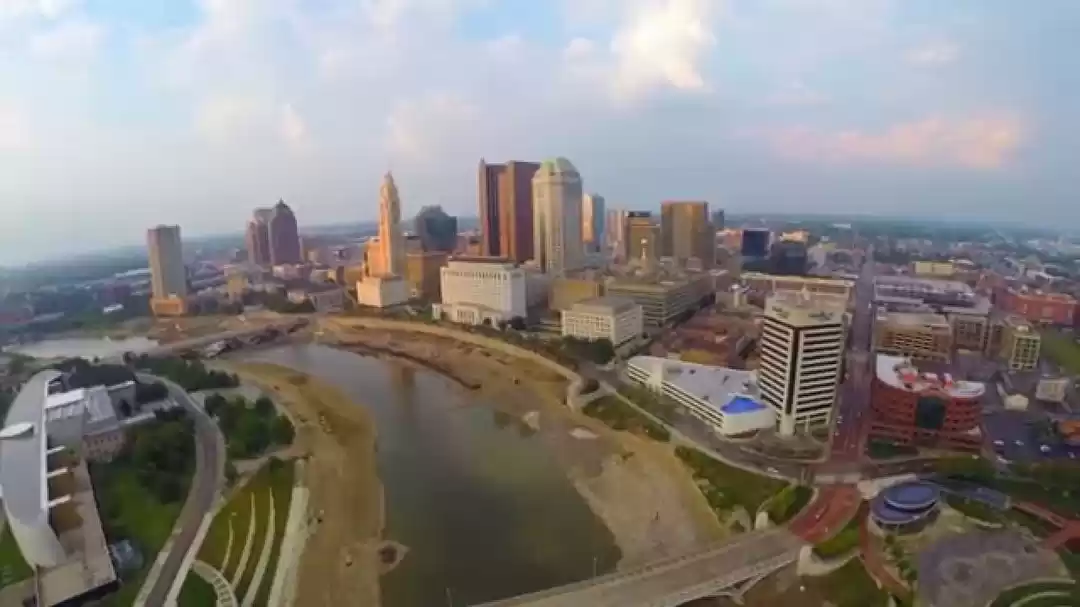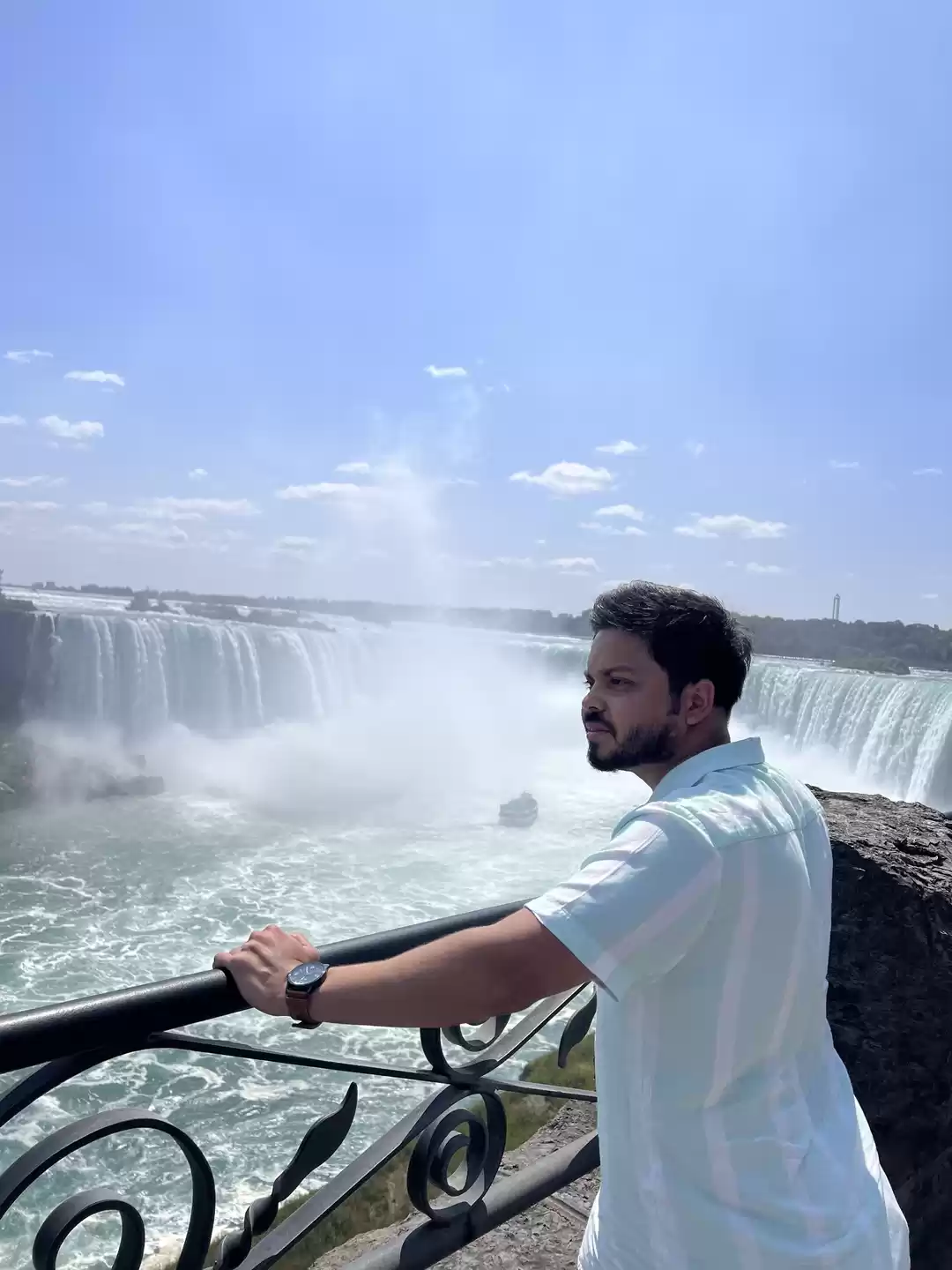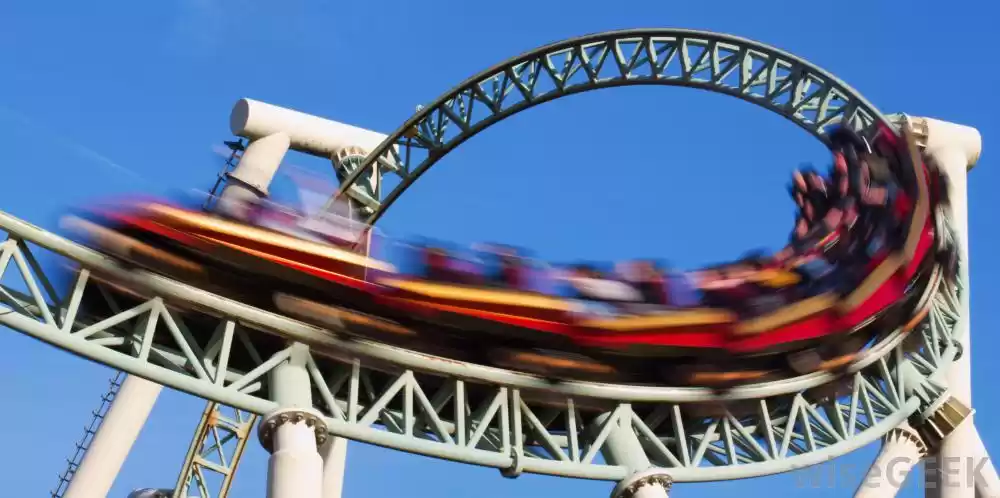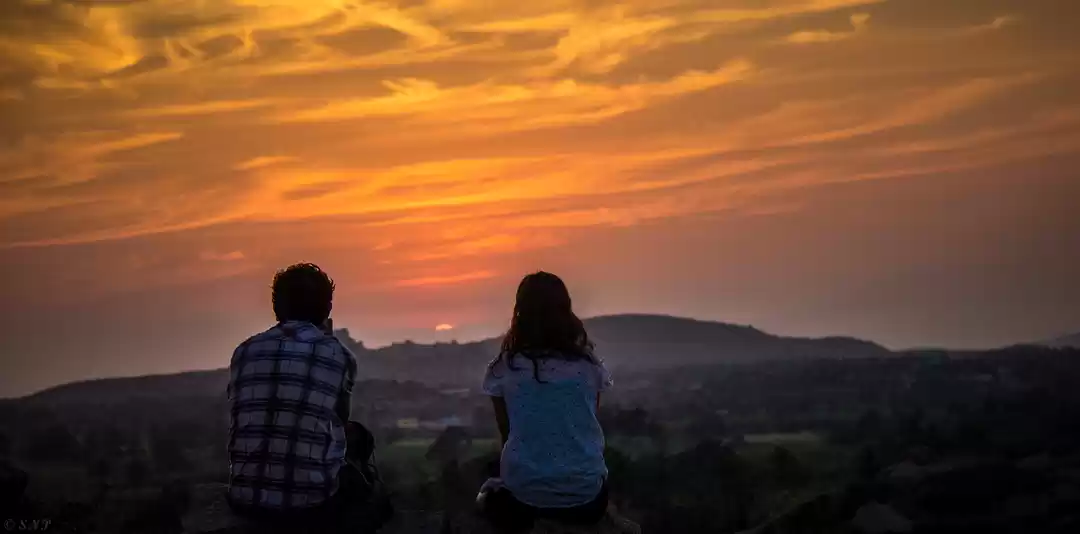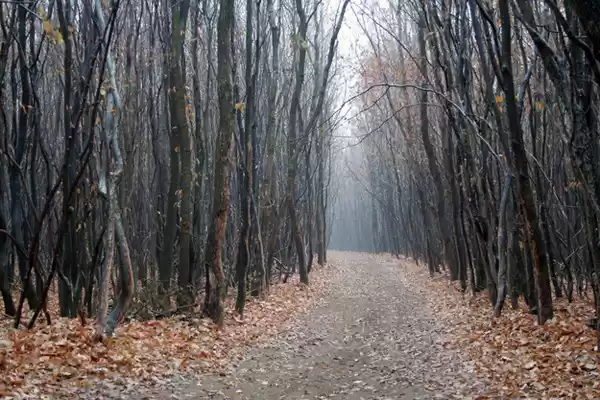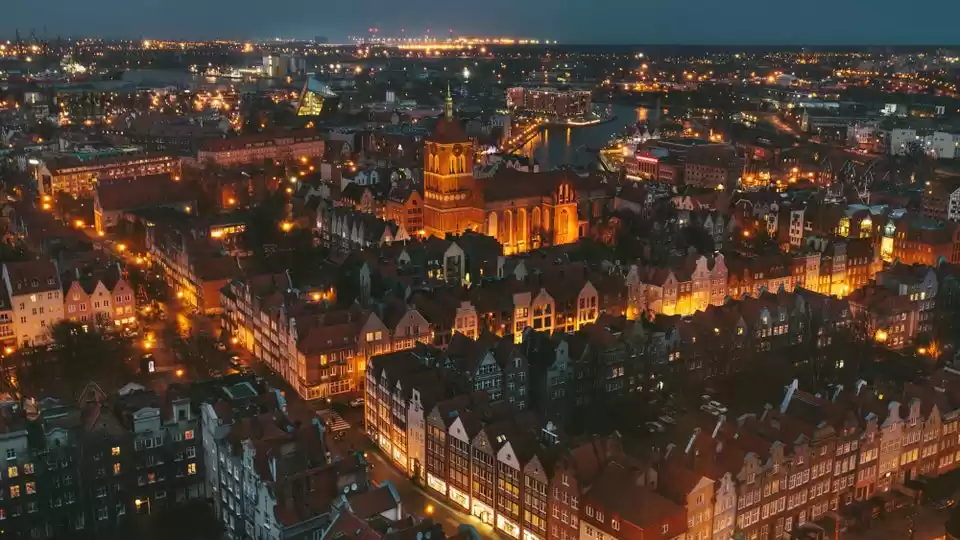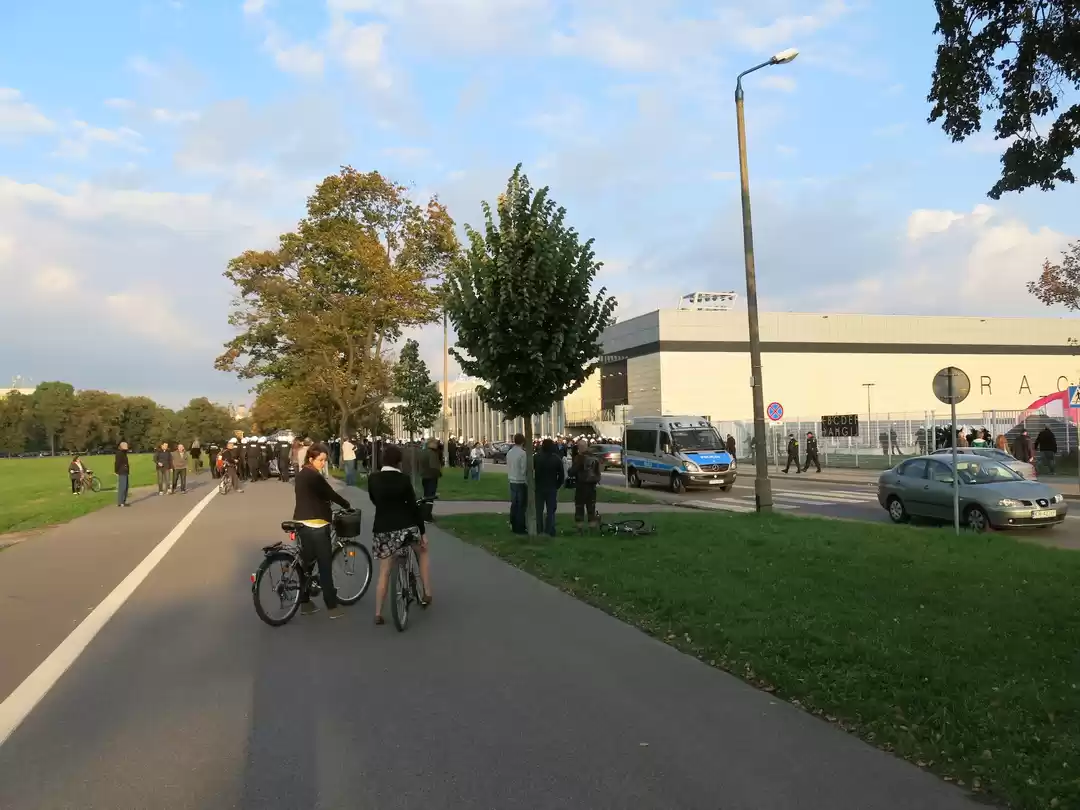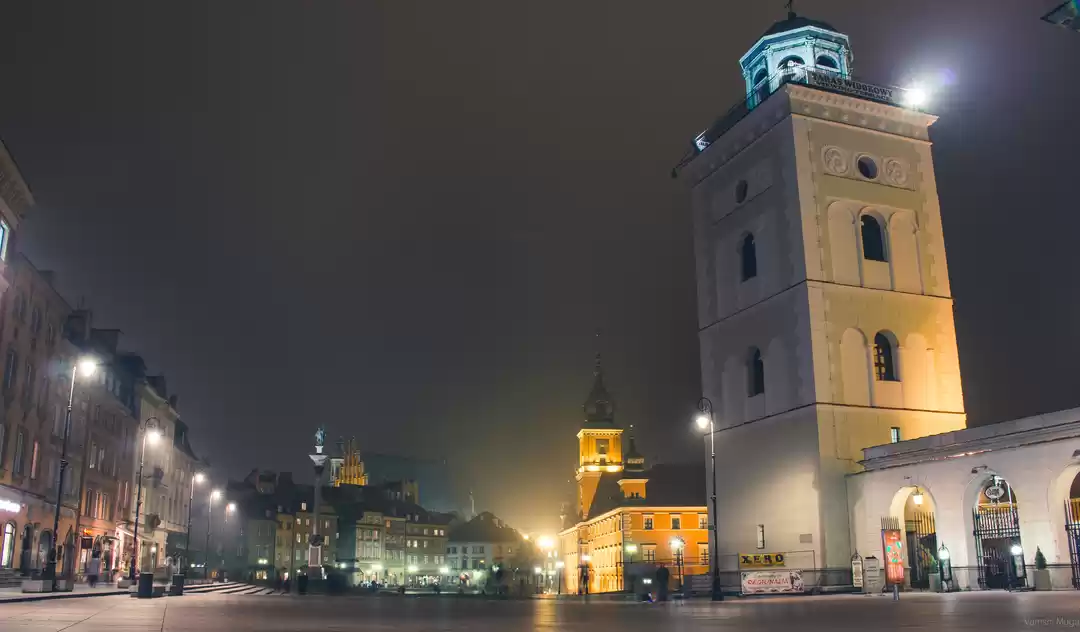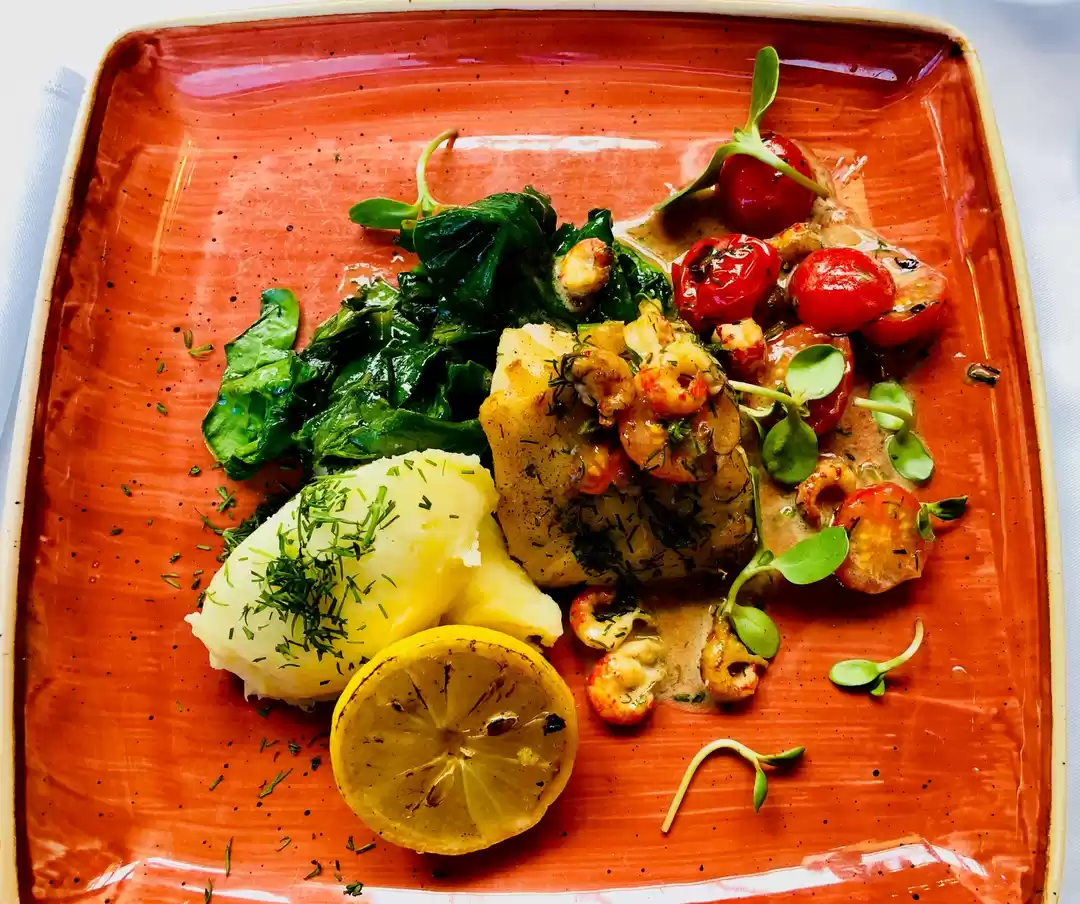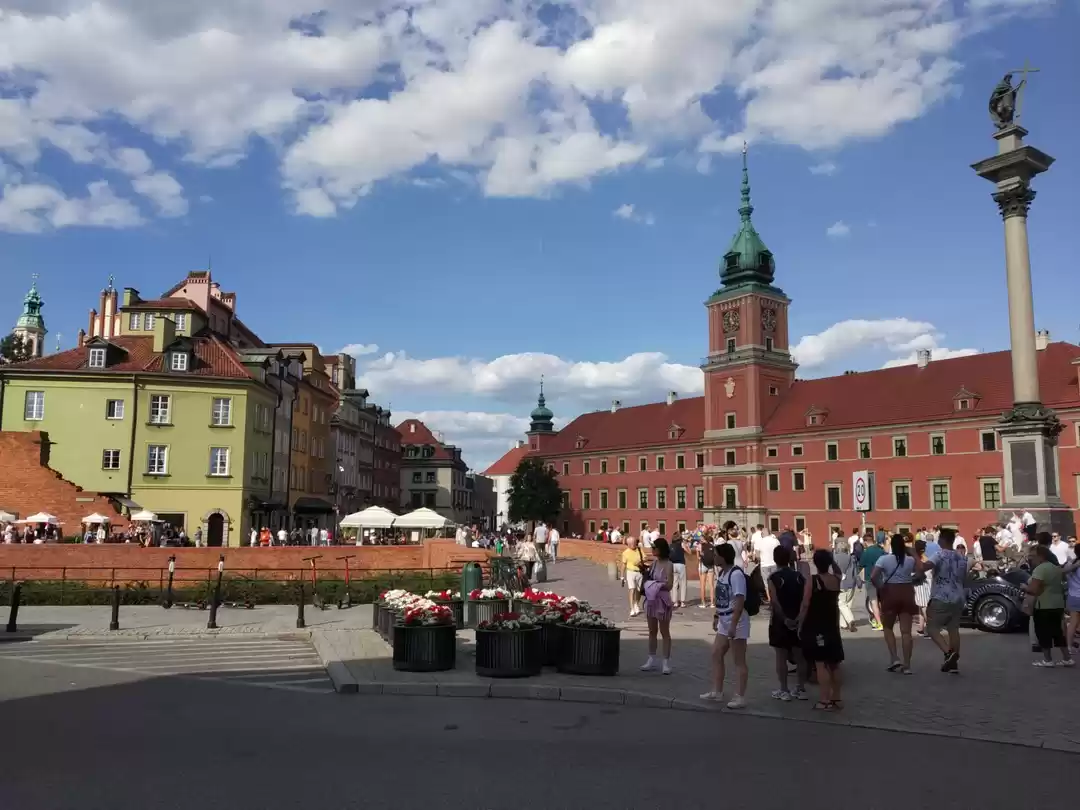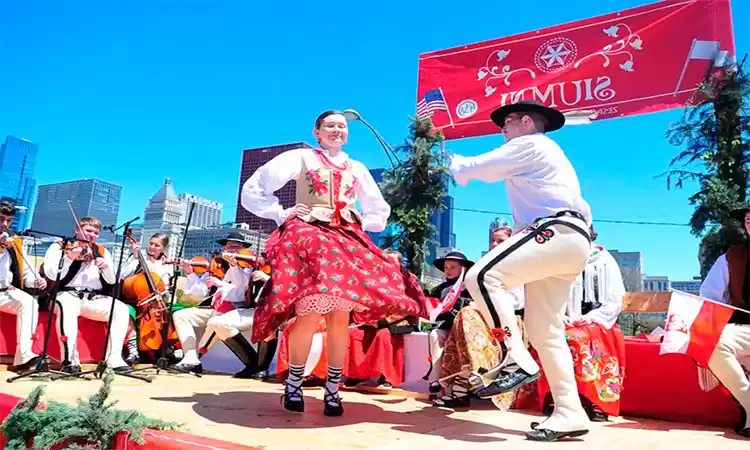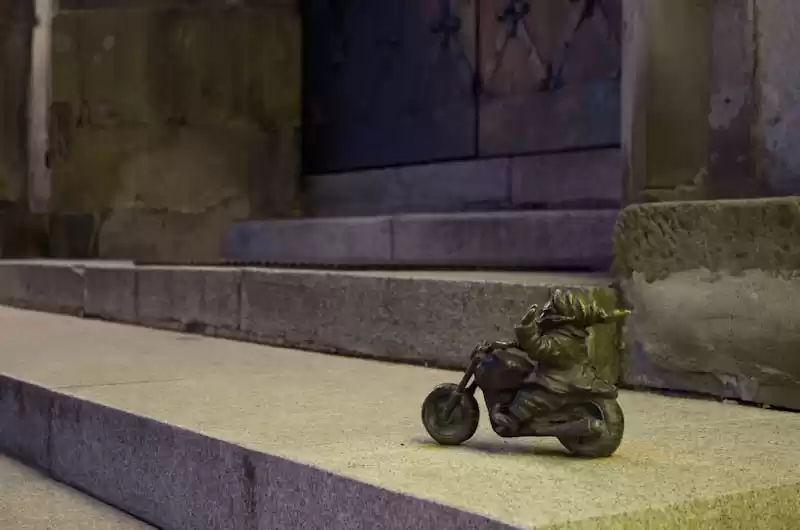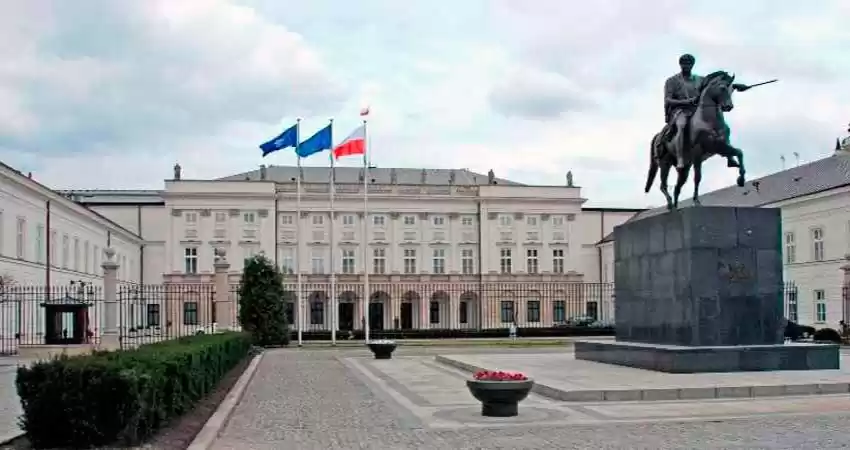There are countless things to do in Gdansk. Doesn’t matter if you’re coming to Gdansk after a long time or just spending your weekend. The city has many sightseeing opportunities.
There is a wide choice of more active things to do, many water attractions are offered. You can also spend some time lying on the beach and sunbathing.
Everything you need to know is described below. Everyone will find something that will be interesting and enjoyable for him. Gdansk tours offers so much that you just can’t get bored of it.
Things to do in Gdansk
Gdansk Old Town is the most beautiful part of the city. Even the simplest walk around the main streets is pleasant and enjoyable. The Old Town in Gdansk is always full of life. People are sitting in the restaurant’s patios, playing songs on various instruments on the streets. Multiple events are happening really often too, so make sure you won’t miss anything while staying in this amazing city!
Amber Museum has existed since 2006 and is situated in the historic and unique Foregate Complex near to Długa Street. While visiting this place you can learn the history of amber formation, how it is acquired and its properties. You can see there how to make things (like jewelry) from amber and what people have been doing from amber in the past.
City Hall is an antique Gothic-Renaissance building placed in the heart of Gdansk Old Town. It is a part of the most representative route of the historic part of the city. Interior of the City Hall has been adapted as the Gdansk History Museum. Additionally, in the warm season you can go to the lookout gallery up in the tower and admire the beautiful panorama of Gdansk.
Artus Court is another historic building in the Gdansk city centre. In the past it used to be a place of meeting merchants and center of social life. Currently is adapted as part of Gdansk Museum and is one of the most presentable historic buildings on Royal Route.
Uphagen’s House
the only one in Poland and one of the few in Europe 18th century tenement merchant houses available for sightseeing. It is also part of the Gdansk Museum. The purpose of this place changed for several times during the past. Currently you can explore its living and households rooms, beautifully furnished and decorated.
St. Mary’s Church is 14th century building. It is the biggest temple in Europe built from bricks and is usually called as a Crown of Gdansk. Beautifully and richly decorated interior impress every visitor. It has original Gothic shape with characteristic parts of massive west bell tower and slim corner towers.
Museum of the Second World War - this museum was established in 2008 and opened in 2017 and since then attracts many visitors every year. People from all around Poland and other countries come to Gdansk to see its great exhibition. Every piece of information about WWII is presented there in detail.
Another extremely important part for Gdansk and its history is the Gdansk shipyard and European Solidarity Centre placed right next to it. Gdansk shipyard was established after 1945 on the former Germans shipyard territory. Since then it’s one of the biggest and the most important shipyards in Poland.
Over 1000 fully equipped seagoing vessels, container ships, passenger ships and sailing ships have been built during the time it exists. It is also very important for history of Gdansk because suppression of protests and the murder of three shipyard workers happened there. The Solidarity movement in Poland was born there.
More information about museums, exhibitions, ticket prices and opening hours you can find HERE.
From Gdansk you can also take a cruise to the Westerplatte peninsula, another important historical place in Gdansk. It’s recognized as a symbol of the WWII outbreak. It used to be a location of Polish Military Transit Depot. Defense of this place in September 1939 became the symbolic beginning of the Second World War and the Polish resistance against the aggression of the Third Reich.
All of the attractions above you can visit during our specifically designed tours. We can organize everything for you, so you can learn more and save your time. You don’t have to worry about anything. Learn the history and culture from the local guides who will answer all of your questions and enjoy your tour with skip the line tickets.
Things to do in Gdansk - Tricity
Gdansk is much more than just its city centre and Old Town. Whole Tricity has many beautiful places worth seeing while staying by the sea. Visiting them will make your travel even more enjoyable and memorable.
Beach in Brzezno district in Gdansk. During Summer you can spend your free time swimming in the Baltic Sea as Gdansk (as well as Sopot and Gdynia) has many nice and sandy beaches. One of them is the beach in Brzezno. Once you go there you can lay down on sand, walk along the long shore or chill a bit on a pier long for 150m.
Zaspa district in Gdansk is something definitely worth visiting if you like culture and art. In this district you can find 59 big diverse murals on the building's walls. Each of them is different and represents a unique idea. The first works from this collection were created in 1997 during an international festival.
This festival was organized as part of the celebrations of the millennium of Gdańsk. The idea of the collection's development returned in 2009, when the Monumental Art Festival happened for the first time. Thanks to seven editions of this festival, the collection has so far 38 works created by artists from around the world. In 2010, the collection began to be enriched with the works of local artists.
Adam Mickiewicz Oliwa Park is a historic park in the Oliwa district of Gdansk, placed by the Oliwa stream. It has a long history reaching back to the 15th century. The park was originally set by Cistercians as a monastery garden and was expanded during all those years. In 1945, at the end of WWII, the park was largely devastated. Luckily later it was almost completely restored and it returned to its previous beautiful look. Oliwa Park is registered to the list of protected natural monuments of the Gdansk province.
Oliwa Cathedral in Oliwa Park. It is 107 m long which makes it the longest Cistercian church in the world. Inside you can admire works of sacred art in the Renaissance, Baroque, Rococo and Classicist style. You can also see the demonstration of the Oliwa church organ in this Cathedral. It happens everyday and is combined with 20-minutes church organ concert which is worth listening to.
Sopot
Sopot by night is a party capital. It is called as Polish Las Vegas not without a reason! But it has so much to offer during the day too. First of all, you can spend some quality time on the beaches, although during the high season there can be many people there! If you have enough swimming and lying on the beach, you can have a walk on Sopot pier. It is the longest pier by the Baltic Sea, it's 511m long for 511m! In the pierhead Molo Marina is located.
The main part of the city, located close to the pier, is a perfect choice for a nice evening stroll. The main promenade is full of restaurants, bars, cafes and shops. You can eat delicious fish or go shopping at Krzywy Domek (Crooked Little House) shopping mall.
Gdynia Orłowo
If you still want to go to the beach, but would like something more than just regular beach then Gdynia Orłowo is the place to go for you. All along the shore there are beautiful cliffs above the beach and sea. Along the cliff there is a seaside walking route to Sopot. Following the top of the escarpment you can see the panorama of Hel Spit, the port of Gdynia and the beach with a pier at the bottom.
Tricity 1-day Tour from Gdansk - highlights of Gdansk, Gdynia and Sopot
If you’re not sure about sightseeing so many beautiful places on your own, leave the organisation to professionals! Take part in our 1-day tour around the highlights of the whole Tricity. It’s the best way to see everything that is worth visiting in Gdansk, Gdynia and Sopot. Your local professional guide will lead you to many places that you would probably miss being on your own! You will have a chance to explore the best parts of Tricity. All of our guides are official, licenced guides with big knowledge but also a passion for what they do.
While sightseeing many interesting places your guide will tell you everything you want to know about the history and culture of Tricity but also of the whole of Poland. He will take you to the most important historic sites as well and will answer all of your questions about those three amazing cities. You will hear much more than just pale facts. Our local guides know curiosities which you won’t find in any guidebook. Private guide, private transport with hotel pick up and drop off is also included in this tour, so you don’t have to worry about anything - just enjoy your time.
Tricity 1-day Private Tour
Tricity 1-day Private Tour is the best possible option if you’re travelling with your family or friends. You will have your own private guide that will answer all of your questions, and will be at only your group service. Any member of your group doesn’t speak English? It’s not a problem at all either. We offer our private tours in 10 languages to choose from: English, Polish, German, French, Russian, Spanish, Italian, norwegian and Swedish.
We are sure that everyone will find this tour interesting. It takes place everyday at 8:00am, 10:00am and 11:30am, but we can also arrange different hours just for you.
Tricity 1-day Group Tour
If you’re travelling solo or in a small group of up to 4 people, and want to take part in our amazing Tricity 1-day Tour, then our Group Tour option will be perfect for you. You will have a chance to make new friends by meeting new interesting people from all around the world with whom you will share this experience. No worries about the crowds though - the group is always up to 30 people only.
Another advantage of this choice is lower price - great value for money! Along with your group you will have your own local, professional guide and private transportation. Your guide will not only show you the best parts of Tricity, but will also tell you everything you need to know about those places.
All of you will have a lot of fun and get to know the history and culture of Gdansk, Sopot and Gdynia!
Tricity 1-day Group Tour takes place every Sunday at 10am and lasts for approximately 7 hours. This option is available only in English language. If you would like your guide to speak in a different language you can pick our private tour.
Things to do in Gdansk - 1 day tours from Gdansk
If you’re coming to Gdansk for a longer time or you had your chance to see the city itself already, there is a wide choice of 1-day or half-day tours from Gdansk. Private guide and transport with hotel pick up and drop off is always included.
Stutthof
Stutthof concentration camp is located 50km from Gdansk in the forest near the town of Sztutowo. It used to be one of the extermination camps during the WWII. Everything you need to know about the place itself and various options of the tour you can find in our article HERE. Everyone will find something that suits him.
Malbork
Visit Malbork and explore Malbork Castle - one of the biggest Europe’s castles made from bricks. Castle’s history reaches back to 13th century when it was built by Teutonic Order. It required approximately 5 million bricks to build it and it’s maintained in Gothic architecture style. It’s definitely worth visiting and it’s really easy with our 6-hours tours from Gdansk. More informations about the place and the tour you can find HERE.
Kaszuby
Visit Kaszuby region, also known as Kashubian Switzerland. It’s well known for its rich culture and traditions, but also stunning views on peaceful lakes, hills and forests. Besides that, Kaszuby also has its own unique language, and exquisite cuisine. If you need a peaceful day or just want to spend some time among nature, this is the place to go. You will be surrounded by breathtaking views of Kashubian hills, forests and picturesque lakes. All of that will be the best seen during the sunset on the top of Wieżyca Hill. If you don’t want to go there on your own, spend a few minutes on our article HERE. You will learn more about the area and get information about our private and group tours.
Slowinski National Park
One of 23 national parks in Poland. It is located in the central part of the Polish coast, in the Pomeranian Voivodeship, 120km from Gdansk. The characteristic elements of the Park are coastal lakes, swamps, meadows, coastal forests, and moving dunes on the dune belt. The symbol of the National Park is the silver gull. It’s another perfect quiet place to spend some quality time among nature with your friends or family.
Things to do in Gdansk - Activities & Attractions
Gdansk and its neighbourhood have many places for sightseeing, but if you’re more into active or sporty things to do, you will have many of them to choose from as well! Gdansk offers numerous fun things to do.
You can rent a bike or moped and go around the city along one of the great bike routes. It's an easy, convenient and fast way to get everywhere you want and see the best spots in the city. If you’re worrying about losing your way we have a solution for this as well. Our local guides will take you everywhere you want, show you more places than you can find in guidebooks and will tell you interesting stories about each one of them.
Water sports are always one of the main things to do by the sea, and Tricity is no different. You can find numerous places to master your skill in kitesurfing, surfing, and diving. You can also take a motorboat or speedboat and have some fun while driving it.
Do you like music? Consider taking the night out to the Baltic Opera House or Polish Baltic Philharmonic. Check the current repertoire and pick the desired concert to spend some great time with higher culture.
Another fun place worth visiting in Gdansk is Energa Gdansk Stadium. The stadium was built specifically for the European Football Championships - Euro 2012 which took place in Poland and Ukraine. It hosted a few tournaments during the finals. Currently, it’s one of the best places to go to football games, concerts and many other shows being organised there.
Hot Air Balloon Flight is the perfect idea for a beautiful sunny Summer day. You can take a trip to admire the beautiful Kaszuby region from above. Serene hills, calm lakes and green forests look even better and being up in the sky give additional thrill and emotions.
If you’re travelling with your kids, they will surely have fun in Oliwa Zoo. Zoological garden in Gdansk is located in Oliwa district and it covers the area of over 123 hectares of the Tricity Landscape Park, which makes it the largest facility of this type in Poland considering its surface. All of you will have lots of fun watching flamingos, giraffes, elephants, pinguins, and many many other species of different animals.
If you want to have fun and cool yourself down a bit during a hot Summer day you should consider going to Aquapark in Sopot or in Reda. In Sopot there is a water park with an indoor and outdoor pool, slides, games, relaxation facilities and a bowling alley. The complex in Reda has recreational pools available all year round, indoor sports swimming pool, fitness club, saunas and an aviary with parrots. The Reda Aquapark is open 7 days a week and is connected with pool attractions from the aquarium. One of the slides is finished with a glass tunnel running inside the aquarium with floating live sharks. It is the only aquapark in Europe where you can watch live sharks.
Last but not least - let’s go -carts! Doesn’t matter if you’re with your family or friends, everyone will love twisted and curled tracks.The Royal Castle in Warsaw is a baroque-classicist residence, the former house of many Polish monarchs and kings. Nowadays it performs museum and representative functions. Originally it was the residence of the Dukes of Mazovia, and since the 16th century, it was the seat of the authorities of the First Polish Republic: the King and the Parliament.
In its long history, the Royal Castle was repeatedly plundered and devastated by Swedish, Brandenburg, German and Russian troops, during wars and occupations.
In 1980, the Royal Castle along with the Old Town were included in the UNESCO World Heritage list, and in 1994 together with the historical town complex, the Royal Route and Royal Wilanów, it was considered a historical monument.
The Collection
The collection at the Castle includes paintings, sculptures, drawings, graphics, furniture, ceramics, glassware, textiles, clocks, weapons, numismatic items and objects of archaeological value.
In the chapel of the Royal Castle in Warsaw, the royal insignia of Stanisław August Poniatowski are kept such as the Chain of the Order of the White Eagle and the ceremonial sword of the Order of St. Stanisław. In the chapel, there is also a casket with the heart of Tadeusz Kosciuszko.
The insignia of the President of the Republic of Poland are kept in the Royal Castle: stamps of the President of the Republic, Flag of the Republic and state documents. In 1994, Countess Karolina Lanckorońska donated 37 paintings to the Royal Castle. The collection contains two paintings (portraits) of Rembrandt: Scholars at the pulpit and Girl in the frame of the painting, both paintings were originally in the collection of Stanisław August Poniatowski. In December 2018, the violin, made by Antonio Stradivari, was deposited in the Castle deposit. This is the first such instrument in postwar Poland, it was created in 1685 and received the name Polonia.
The History
Setting of a wooden and ground castle in the 14th century on the Vistula embankment at the mouth of the Kamionka river was connected with the founding of the city of Warsaw. Both initiatives are attributed to the prince Bolesław II of Mazovia.
In the first half of the 14th century, the original castle-watchtower was transformed into the center of the Mazovian dukes.
In 1526, the last Mazovian noblemen died childlessly and the Czersk-Warsaw district was included in the Kingdom of Poland. King Zygmunt I came for the first time to Warsaw and took the oath of the Mazovian Parliament and took over the Castle.
In 1563, a decision about expanding the Castle was made, but the works started in 1569. By virtue of the resolution of the Union Parliament of Lublin, Warsaw and the Castle were recognized as a permanent place of meetings of the Seym of the Polish-Lithuanian Commonwealth.
The extension of the Castle, according to the design of the architect Giovanni Battista Quadro, slightly changed its external shape, much more interior.
Almost from the beginning of the reign of King Zygmunt III Waza Warsaw and the Castle, due to its convenient location, became the place of longer stays of the royal court.
After 1598, the pursuit of regaining the native crown became an important goal of Zygmunt's policy. In such circumstances, he decided to move the mansion permanently to Warsaw and make an essential extension of the Castle.
The period of the Swedish Deluge and the three occupations of Warsaw by the Swedish and Transylvanian armies brought the castle plunder and devastation of interiors. The Swedes took not only a significant part of the artistic collections gathered in the Castle (including 200 paintings), but also permanent elements of interior design (marble floors, fireplaces) and garden architecture (sculptures, fountains). Parts were burned down and the Clock Tower was damaged.
However, the interior was substantially reconstructed relatively quickly so residential and public functions were restored to the Castle.
Castle's greatness
During the reign of Stanisław August Poniatowski, the last Polish monarch, the Royal Castle had a period of its greatest splendor. The amounts deposited from the royal treasury and the private royal box were enormous. The king surrounded by patronage artists and craftsmen. All of the above, as well as political views and the artistic taste of the ruler, allowed the transformation of the "ancient seat of Polish kings" into a representative royal residence, taking into account the aesthetic and ideological concepts of the European Enlightenment.
The building of the Royal Library was built from scratch, using the area next to the east wing of the Castle. Inside, a royal collection was collected, which in 1795 had more than 16 thousand volumes.
In the 19th century, Emperor Napoleon Bonaparte visited the Castle. Here in 1807 he decided to create the Principality of Warsaw. Soon afterwards, in 1815, the Kingdom of Poland was established and the capital was moved from Cracow to Warsaw.
Wars and occupations
After the January Uprising, the Russian army completely destroyed the royal garden from the side of the Vistula, building several brick barracks. During the years 1915-1939, restoration works were carried out at the Castle.
In the interwar period, many outstanding conservators of art worked at the Castle, which made the Royal Castle in Warsaw one of the most important conservation centers in contemporary Poland. Since 1926, the Royal Castle served as the residence of the Polish president.
In September 1939, the Royal Castle burnt after German bombing. Plunder of art from the Castle began after the occupation of Warsaw by German troops. The final destruction of the building took place during the Warsaw Uprising.
In 1949, the Legislative Parliament unanimously passed a resolution to rebuild the Royal Castle. Until 1974, the castle was rebuilt in its raw basic shape. Interior furnishing (furniture, paintings, collections of works of art, etc.) and finishing works lasted until 1988.
in the 21st century, comprehensive repairs of various parts of the Castle were taking place to get the most out of its original appearance.
Royal Castle Sightseeing
There are several permanent expositions and seasonal/temporary exhibitions.
Permanent exhibitions:
● The Tin-Roofed Palace:
○ Prince Józef Poniatowski's Apartment
○ Exhibition of eastern carpets from the Teresa Sahakian Foundation collection
● The Kubicki Arcades
● The Upper Garden
● The Lanckoroński Collection - Rembrandt's Paintings. Gallery of Paintings, Sculpture and the Decorative Arts
● The Royal Castle - from Destruction to Reconstruction
● The Numismatic Cabinet
● Stefan Żeromski's Apartment
You can choose the Royal Castle Route that includes:
● The Royal Castle - from Destruction to Reconstruction exhibition
● Rooms on the ground floor: The Lanckoroński Collection - Rembrandt's Paintings. Gallery of Paintings, Sculpture and the Decorative Arts, The Royal Library
● Rooms on the first floor: The Great Apartment, The King's Apartment, The Four Seasons' Gallery, The Parliament Chambers, The Matejko Rooms
● Rooms on the second floor: The Numismatic Cabinet, Stefan Żeromski's Apartment
Royal Castle Opening Hours
● Monday:
○ (1 September - 30 April): closed
○ (1 May - 31 August): 10:00-18:00
● Tuesday, Wednesday, Thursday, Saturday: 10:00-18:00
● Friday: 10:00-20:00
● Sunday: 11:00-18:00
Royal Castle Tickets The Royal Castle Route:
● normal ticket - 30 PLN
● reduced ticket - 20 PLN
● children up to 16 years old - 1 PLN
Guided tours:
● headsets required for a guided group - can be rented for 5 PLN per person
Audioguide:
● normal ticket - 17 PLN
● reduced ticket - 12 PLN
Language versions: Polish, English, German, Russian, French, Spanish, Italian
The Royal Castle - from Destruction to Reconstruction exhibition:
● FREE admission
The Numismatic Cabinet:
● normal ticket - 7 PLN
● reduced ticket - 5 PLN
● children up to 16 years old - 1 PLN
Stefan Żeromski's Apartment:
● available during weekdays on request based on a ticket for the Royal Castle Route or a ticket to the Numismatic Cabinet
The Kubicki Arcades:
● FREE admission
The Tin-Roofed Palace:
● normal ticket - 15 PLN
● reduced ticket - 10 PLN
● children up to 16 years old - 1 PLN
The Upper Garden:
● FREE admission
IMPORTANT: Tickets can be bought on the spot at the ticket office or online. During the Summer season there might very long queues, sometimes waiting time reaches up to 2h. It is advised to buy tickets in advance during the high season.
Royal Castle Tours
If you don't feel like organising everything on your own, our great guided tour to Royal Castle will be the perfect option for you!
It will give you unique chance to explore the Royal Castle and area around with local professional guide. All of our guides are licenced and official, and have huge knowledge but also a passion to what they do. You will learn everything you want about Castle's history and hear interesting curiosities about this place that you wouldn't find in any guidebook! Choosing our tour, you won't have to wait in line at ticket office, skip the line entry is always guaranteed and included in price.
There are 2 options that you can choose from, and both of them can be arranged in private or shared version:
1. Royal Castle Guided Tour - 2 hours tour that includes sightseeing the Warsaw Royal Castle. You will have a proper introduction outside the Castle and chance to admire its beautiful architecture. Then you will see the Castle's interior during the Royal Castle Route.
2. Royal Castle and Warsaw Old Town Guided Tour - 3 hours option that includes everything from shorter version and in addition you will be taken around the charming Warsaw Old Town. The Royal Castle is placed at the beginning of the Old Town, so you will have a chance to see the tiny streets with colorful buildings along them and learn this area's rich history.
Private version is a great choice if you're coming to Warsaw with a group of friends or family. Your private guide will be only at your group's service and will answer all of your questions. We offer our tour in 7 different languages: Polish, English, German, French, Russian, Spanish and Italian. Private guided tours take place every day (except Monday and Wednesday) at 11:15am and 4:15pm.
If you're traveling alone or in a very small group, then a shared group version of this tour will be the best for you. You will have a chance to meet new interesting people from all over the world with whom you will be sharing this tour. No worries about the crowds though, the group will be up to 15 people only. Group tour is held only in English and takes place every day (except Monday and Wednesday) at 11:15am.


